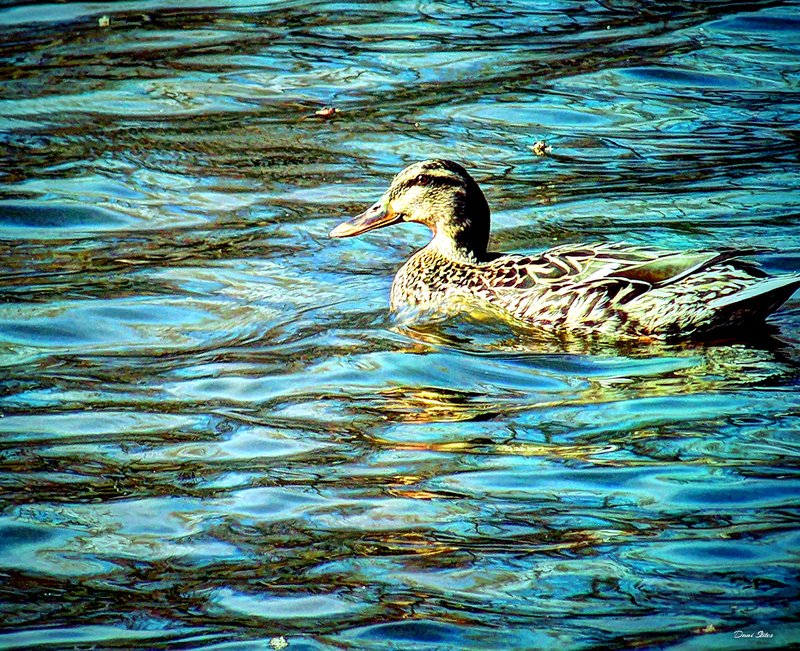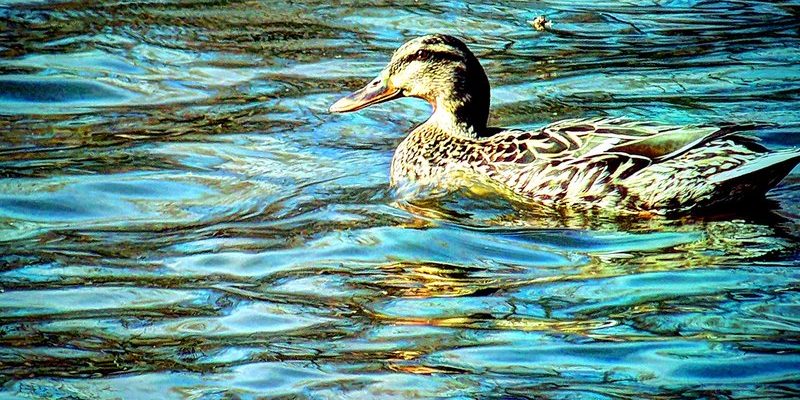
Adapting isn’t just a knack for survival; it’s a skill mallards have honed over generations. They change their behavior, diet, and even their breeding habits based on their surroundings. This ability to adjust makes them one of the most common and widespread ducks globally. So, let’s dive into how these feathered friends manage to adapt to different habitats and thrive in diverse conditions.
Understanding Their Habitat
Mallards are incredibly flexible when it comes to their choice of habitat. You might spot them in a tranquil pond, a bustling city park, or even a muddy riverbank. They’re generalists in nature, meaning they can thrive in various environments. Whether it’s in quiet rural areas or urban settings, mallards are just as comfortable flapping their wings in a serene lake as they are paddling through city waterways.
Their preference for habitats is often influenced by their need for food, safety, and breeding grounds. In urban parks, for example, mallards might dine on breadcrumbs from picnickers or forage for aquatic plants. While in more rural areas, they can feast on insects, seeds, and grasses that fill wetlands and marshes. This adaptability is not just vital for their survival; it also helps them flourish wherever they choose to call home.
Feeding Habits: A Flexible Diet
When it comes to food, mallards really know how to adapt. They are omnivorous, meaning they eat both plants and animals. This diet includes a mix of aquatic plants, insects, crustaceans, and even small fish. Their ability to change their diet based on what’s available in their environment is a huge factor in their success.
For instance, in a park, they might munch on leftover food from visitors, while in a natural setting, they might dive for algae or patiently hunt for insects. This flexibility allows them to thrive in a variety of habitats without being too picky. When you think about it, their varied diet is similar to how we enjoy different cuisines based on what’s fresh and available in our area—talk about culinary adaptability!
Behavioral Changes in Response to Environment
Mallards also show fascinating behavioral adaptations depending on their surroundings. For example, they are known to be more social in communal areas like parks, often forming loose flocks. In quieter, more isolated settings, you might find them alone or in smaller groups. This social adaptability helps them interact with other birds and find safety in numbers when needed.
Their mating behavior is also influenced by their environment. In urban settings, mallards may breed earlier in the year due to the warmer temperatures created by heat from buildings and vehicles. Conversely, in colder regions, breeding may be delayed until spring. This adjustment ensures that their young have the best chance at survival, demonstrating their smart reproductive strategies based on local conditions.
Migration Patterns and Seasonal Adaptations
Mallards are known for their migratory patterns, which are crucial for finding suitable habitats throughout the year. When the weather starts to get chilly, they often head south to warmer regions where food is easier to find. You might be wondering why they don’t just stay in one place—here’s the thing: staying migratory allows them to escape harsh winters and take advantage of different seasonal food sources.
The specific migratory paths of mallards can vary greatly depending on their breeding grounds and environmental conditions. For instance, mallards in northern areas may migrate to southern states in the U.S., while those in Europe might fly to Spain or North Africa. This seasonal movement showcases their remarkable adaptation to climate changes and how they strategically respond to shifts in their environment.
Urban Adaptations: Thriving in the Concrete Jungle
You might be surprised to learn that mallards are one of the few bird species that can easily adapt to urban environments. City parks and waterfronts are increasingly becoming their homes. They navigate through bustling streets and around people, showcasing their ability to adapt to human presence. Honestly, it can be quite a sight to see these ducks lounging on manicured lawns or waddling through a crowded park.
In these urban settings, mallards often become less skittish around humans. They learn that people often bring food, making them more willing to approach. It’s almost like they’ve developed a unique bond with city dwellers. This kind of adaptability is a testament to their intelligence and survival skills, allowing them to thrive in places where many other species struggle.
In many ways, mallards are a shining example of nature’s resilience. From their versatile feeding habits to their adaptable social behaviors, these ducks show us how flexibility is key to survival. Whether they’re gliding through a serene lake or foraging in a bustling urban park, they’ve mastered the art of adaptation.
Understanding how mallards thrive in various environments gives us insight into the remarkable ways wildlife responds to changing conditions. It’s a reminder of the importance of preserving natural habitats, even in the heart of our cities. After all, the next time you see a mallard, take a moment to appreciate the incredible journey they’ve undertaken to be there. Their ability to adapt is not just about survival; it’s about thriving, no matter where they are.

